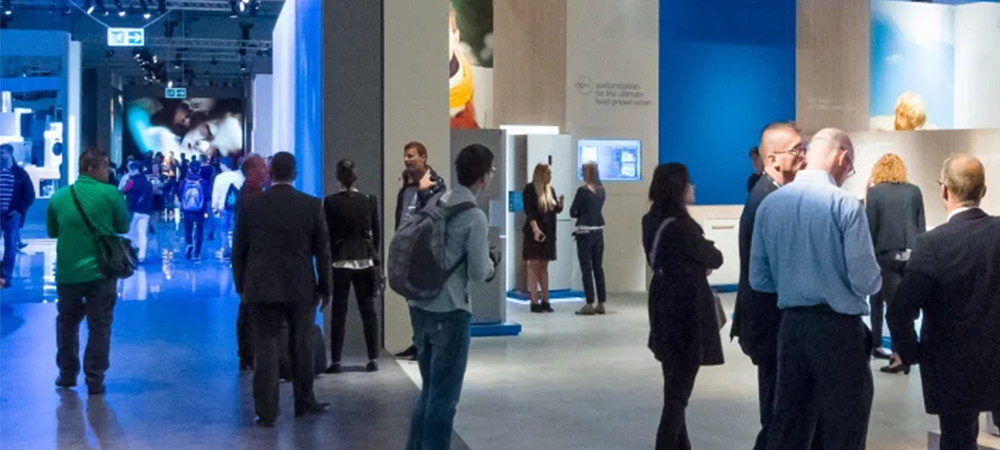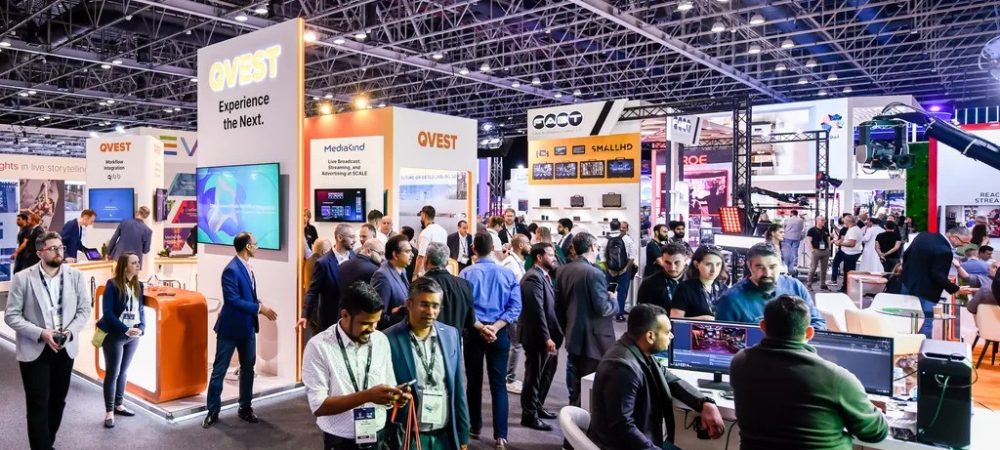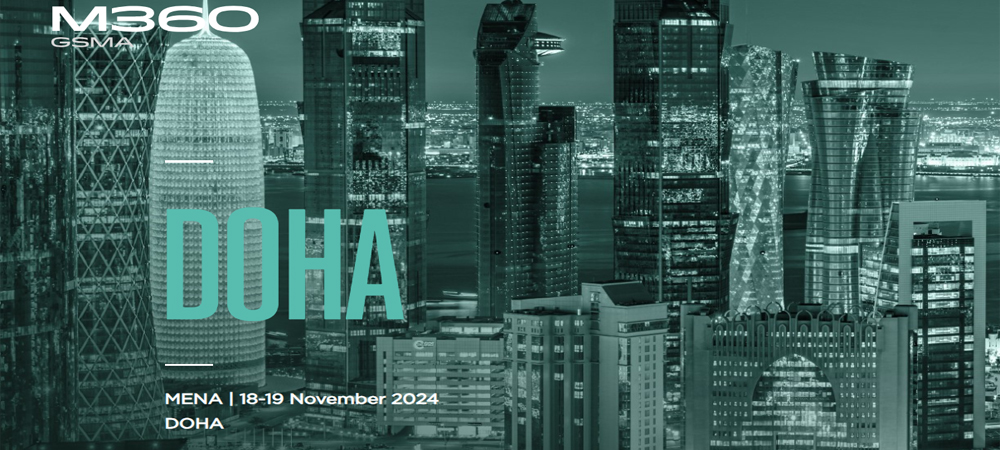As the government’s push towards Digital Transformation fuels demand for data centres in the Middle East, the UAE has firmly established itself as a leader in driving the data centre evolution with around 28 active colocation facilities, revealed JLL in a whitepaper at Cityscape Global. Several data centres and cloud providers have either established a presence or are seeking to expand their footprint in the country.
The whitepaper, Unleashing the Potential: The Future of Data Centres in the Middle East and Africa, recognises Dubai and Abu Dhabi as the country’s prime data centre markets and two of the smartest cities, not only in the region but among the top 20 globally, according to the latest Institute for Management Development’s Smart City Index. This reinforces the UAE’s continued efforts to transform into a strong digital economy and consolidate its position in the region’s growing data centre landscape. Key players like Khazna and Equinix are further accelerating this momentum, with the former aiming to achieve a total planned capacity of 300MW by adding 12 new facilities to its portfolio in just two years.
Besides boasting an outstanding internet penetration rate of over 98%, the UAE has also gained recognition as the regional Artificial Intelligence (AI) innovation hub, driven by initiatives such as Smart Dubai and Dubai Artificial Intelligence in Health. Moreover, on the back of a strong Artificial Intelligence Strategy, the country also aims to integrate AI across various sectors, including healthcare, transportation and government services. These notable achievements make the UAE an attractive destination for data centre investments, with investors viewing it as a safe and dependable option.
Delving into the multitude of factors influencing and enabling the investment environment, JLL’s whitepaper highlights the role of hyperscalers in shaping a thriving data centre market in the region. While the Middle East is attracting substantial investments from top hyperscalers and major cloud providers such as Amazon Web Services and Microsoft, the UAE currently has the largest presence of hyperscalers in the region. These companies have announced novel cloud availability zones slated for deployment through their data centres in the country, augmenting business competitiveness by providing advanced architecture and robust end-to-end security for seamless business operations and reliable Disaster Recovery solutions.
Whilst the data centre market in the Middle East and Africa is still in its early stages of development, it is growing rapidly. The region is expected to be one of the fastest-growing data centre markets in the coming years, given its strong potential for expansion to bridge the gap between limited supply and growing demand. At present, around 73 colocation facilities are operational across the UAE, Saudi Arabia, Qatar, Oman and Kuwait.
Dr Thomas King, CTO, DE-CIX
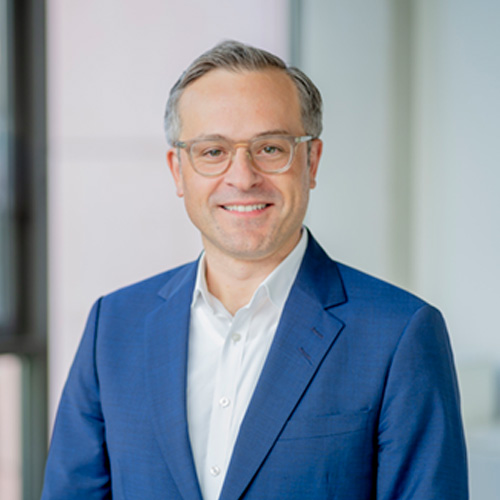
The impact of Middle Eastern data centre investments on engineering strategies for an Internet Exchange (IX) will depend on what kind of data centres are built. IXs are interested in multi-tenant data centres with an interesting mix of different players like content networks, enterprises and last mile networks, in contrast to single-tenant data centres. The basic function of an Internet Exchange is to bring together different peers. The engineering question therefore is how large a data centre is in terms of the number of potential customers and what kind of traffic requirements they have. Content networks usually have quite heavy traffic levels, needing one or more 400GE ports, whereas enterprises have relatively small amounts and require, for example, a 1GE port in a small PoP. It is also worth considering that enterprise customers have stricter requirements on availability, often require redundant connections and need APIs, self-service portals and ad-hoc provisioning to quickly adapt to their ever-changing bandwidth needs.
If you look at the announcements made recently in the Middle East, it’s interesting to see a mix of both types of data centre developments. There are announcements from the large hyperscalers – cloud service operators and content providers – who are building single-tenant data centres, but there are also multi-tenant data centre operators like Equinix and Digital Realty expanding in this market. This data centre mix will allow existing IXs – like the UAE-IX powered by DE-CIX and the e&s Smart Hub in Dubai – to grow in terms of connected participants and traffic levels but we will also see new IXs being established.
In a few Middle Eastern countries, different entities are starting to establish their own IXs. The challenge for these is that it can be difficult to ensure neutrality, either in terms of data centres or carriers, which is what allows the Internet Exchange business to flourish. A lot of IXs in the region began as a single data centre and they are now becoming more distributed, following the European model of geographically distributed IXs, like DE-CIX in Frankfurt, AMS-IX in Amsterdam, or LINX in London. These are highly interconnected IXs with redundant connectivity between the multiple data centre sites. The infrastructure of DE-CIX Frankfurt, for example, is distributed across nearly 30 data centres.
So, the Middle Eastern focus on single sites is changing with the development and the opening up of markets to further support growth and drive demand. Transforming to a distributed IX model means that long-haul connections between the different data centres need to be available in a redundant and high-capacity way, and they need to be integrated into the distributed IX. This will benefit the quality of the Internet across the region and make it more accessible.
Andy Connor, EMEA Channel Director, Subzero Engineering
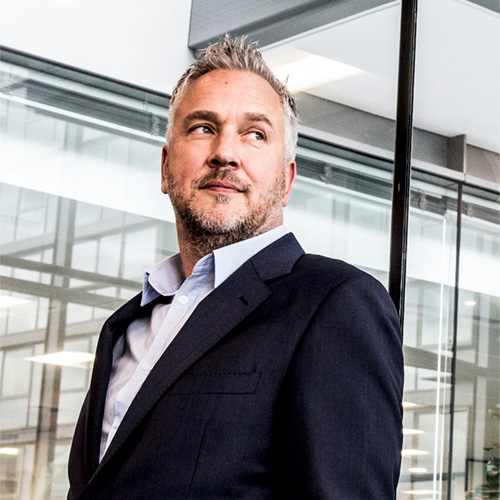
The Middle East data centre market is expected to nearly double in size by 2030. In simple terms, many countries in the region are doing nothing different from other parts of the world – they are embracing the opportunities of Digital Transformation. The UAE is well on its way to developing a sophisticated digital economy, underpinned by a relatively mature fibre optic network. Saudi Arabia has embarked on a plan to build out a national network of large-scale data centres, Kuwait has its 2035 national digital roadmap and Bahrain has its Cloud First strategy.
In virtually every case, this activity is driven by the opportunities of 5G, Edge Computing, cloud and managed services, Artificial Intelligence and Machine Learning – alongside other high-performance computing environments, such as cryptocurrency mining. The region’s commitment to constructing world-leading smart cities, founded upon digital infrastructure, is well documented.
More and more data centre providers – the colos and the hyperscalers – are realising the benefits of having facilities located closer to their customers in the Middle East and business customers are realising the benefits of moving large volumes of their IT infrastructure to colocation and cloud providers with a hybrid model emerging as the likely future for most.
All of this activity means that there will be a significant Middle East data centre construction boom taking place over the next few years. The term ‘greenfield site’ hardly seems appropriate when discussing one of the hottest and driest regions in the world, so maybe we will simply call the construction locations ‘brand new sites’. Whatever their name, they offer a great opportunity to ensure that the new data centres built on them incorporate the very latest infrastructure solutions to ensure truly optimised, energy-efficient operation.
Modular construction – even for a hyperscale-sized facility – is a very real option, allowing for the simultaneous development of the site services and the building itself. Shortened lead times, improved safety levels and, potentially, a reduced requirement for skilled on-site labour are just some of the benefits of this modular approach. The space available in many Middle East data centre construction locations makes the delivery and installation of such modular data centres relatively easy and inexpensive (when compared to a crowded city centre for example).
The Middle East has a well-earned reputation for construction innovation. There seems little doubt that, as more and more data centres are built across the region, they will incorporate the very latest data centre infrastructure solutions – whether in the construction phase or the fitting out of the mechanical and electrical services inside the facilities.
Jamie Darragh, Technical Director, Black & White Engineering

The Middle East is experiencing exponential growth in Digital Transformation. Throughout the region, businesses are embracing technology to improve services, in parallel with the reliance on cloud-based services and emerging technologies such as Artificial Intelligence (AI). The necessity for growth within the technology sector is clear and the demand for investment and development of data centres is surging.
Subsequently, countries such as Saudi Arabia, United Arab Emirates (UAE), Bahrain, Oman and Qatar have introduced regulations and initiatives to attract global operators, offering ease of registration, trade and relaxed taxation. Grid interactive technologies are being rolled out in Europe with successful implementation by certain hyperscalers, but it’s still to take root in the Middle East. This is anticipated to change with ambitious targets to increase renewable technologies. The UAE Energy Strategy 2050 aims to increase the share of renewable energy from 25% to 50% in the total energy mix by 2050 as such technology can assist with grid stability and frequency supporting the renewable energy mix in the grid.
These targets present and require a collective determination from the Middle East data centre industry. We all acknowledge that sustainable and efficient design based on extreme environmental conditions is an undoubted challenge. The investment in cooling systems contributes to the major share of more than 60% of the mechanical infrastructure due to the high temperatures and we are continually seeking ways to improve efficiency. We are also witnessing the rise of high-density cooling and the transition to different forms of liquid cooling is being seen throughout the Middle East region. This is driving the adoption of new technologies to accommodate the revised strategies which supports the significant reduction of energy consumption for cooling while improving the overall performance of servers.
The use of free cooling technologies in heat rejection is nothing new, but with the introduction of increased data hall temperatures and liquid cooling, free cooling can be maximised. Couple this with the need to reduce annualised PUE figures there is an ongoing need to continuously assess how free cooling can be effectively implemented on all projects. Most facilities in the Middle East are developed to operate at a peak PUE in a range 1.5 to 1.7. Although for developments which have adopted partial free cooling during peak winters, the aim is to operate at a peak PUE of less than 1.4. Many free cooling strategies exist with the general consideration that the use of adiabatic cooling for heat rejection is not welcomed due to the precious nature of water, but there are certain regions in the Middle East such as Dubai where separate Treated Sewage Effluent (TSE) networks exist.
In conclusion, the future of the Middle East’s data centre industry shines brightly. With global governments’ leading aspirations, a growing emphasis on digitalisation and the increasing adoption of cloud computing, IoT and Big Data, this sector promises continued growth.
Tassos Peppas, Regional Director, Middle East, Turkey and Central Asia, Vertiv
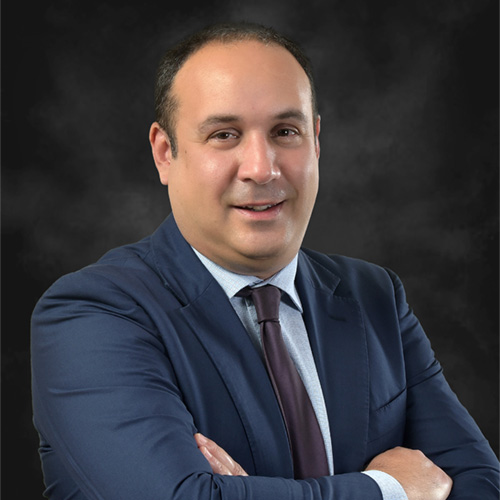
The increased investment in the Middle Eastern data centre market is directly linked to two factors – the region taking centre stage as the global technology hub and the growing demand for Artificial Intelligence (AI) applications, which often require more advanced technologies such as liquid cooling that help to make data centres more efficient. Vertiv has positioned itself to address this evolving landscape, particularly in thermal management where it offers cutting-edge solutions including free cooling, chilled water and immersion cooling technologies.
Vertiv is continuing to invest in research and development (R&D) to create innovative solutions across its portfolio. It recognises the need for next-generation technologies to meet the demands of data centres driven by AI and other emerging applications whilst being efficient and sustainable. In terms of thermal management, our R&D efforts are focused on developing new cooling solutions capable of handling the growing requirements of modern data centres but also designed to improve carbon footprint and energy efficiency.
This market is extremely important to Vertiv, which is why it has made significant investments in its labs and testing facilities in Europe, specifically tailored to meet the demands of the Middle East and beyond. To allow its products to perform optimally in these extreme conditions with high temperatures, it simulates and tests them rigorously. Vertiv’s testing facilities allow it to verify the reliability and performance of its products, giving its customers the confidence that they can operate efficiently in the Middle East’s challenging environment.
In my view, increased investments in the Middle East data centre market could support the further development of innovative cooling solutions that can the challenges of high-density computing whilst helping reduce carbon footprint and energy consumption. Another engineering strategy the industry will possibly witness is an enhanced focus on easy and fast deployable critical IT infrastructure, like integrated modular solutions (IMS). This technology not only will provide the capacity the hyperscalers and colocation providers need with a quick turnaround time, but also be scalable when needed.
Vertiv is at the forefront of addressing the evolving needs of data centres in the Middle East, with a strong focus on innovation and energy efficiency. Its investments in R&D, testing facilities and innovative product development allow it to remain ahead of the curve in providing cutting-edge solutions to our customers in this dynamic market.
Click below to share this article


